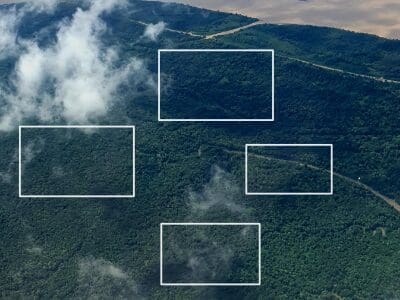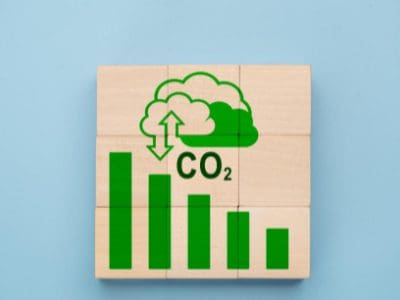Native Forests are biodiversity hotspots and have a high potential to mitigate part of GHG emissions through CO2 sequestration obtained with a Biological Enrichment initiative.
BOSKY has developed a project to improve the productivity of carbon accumulation, allowing the Atlantic Forest to last longer, providing essential ecosystem services for our survival.
The R&D project will aim to develop a new model of high quality credits, with the objective of developing a scalable and viable business of supplying credits for commercialization in the voluntary market.
Our advantages

Data
Mapping, monitoring, markets.

BioTech
Innovation in processes, products, through research and technology.

Business networks
Business network development.

Certification
Biodiversity stamp.

Marketing
Construction of narratives and positioning.
According to a scientific article published in the journal Science, tree diversity improves forest productivity, and a rich mix of species can accumulate more than twice the amount of carbon found in average monocultures.
Enriching poor forest fragments improves the productivity of carbon accumulation, as well as allowing the fragment to last longer, providing ecosystem services.
Source: Revista Science
The current scenario
Trading carbon credits can help companies and the world to achieve ambitious GHG emission reduction targets.
billions of dollars
The Taskforce on Scaling Voluntary Carbon Markets (TSVCM), sponsored by the IIF with expertise support from McKinsey, estimates that the demand for carbon credits could increase 15-fold or more by 2030, and the market for carbon credits could be worth US$ 50 billion.
The carbon credit market has voluntarily purchased direct private finance for climate action projects that otherwise would not get off the ground. These projects can have additional benefits, such as protecting biodiversity.
There is an opportunity to improve the accuracy of biomass measurement and the relationship to biodiversity, which could result in new high-quality credits.
COP 15 2022 discussed how to measure and estimate the value of Biodiversity ecosystem services, such as raw materials, water, climate regulation, among others.
There is a large offer of “Empty Forests”, which are not part of the carbon credit market, although preserved. Private landlords are eager for new approaches.
What are we doing?
Sustainable management of native tropical forest is the most effective way to control deforestation and support local communities, creating greater value with multiple uses of standing forest than with alternative land uses.
Artificial intelligence
We developed an AI model on biomass and its relationship with the technology for measuring and quantifying the associated biodiversity.
Greater accuracy in measuring carbon capture and sequestration
Gap analysis and recommendation of species to be enriched.
Ecological restoration
We restore gaps identified by our AI in the field plots through tree planting and biological enrichment, which will contribute to biodiversity and high carbon capture functions.
Carbon credits
Our objective is to establish a model that allows a faster analysis and recommendation of enrichment that contributes to maximize functional ecosystem services and estimate the revenue of carbon and biodiversity credits generated with the implementation of the model.
We are part

Global Impact Investing Network (GIIN)
The leading non-profit organization dedicated to increasing the scale and effectiveness of impact investing.
.ECO COMMUNITY
.eco community for businesses, NGOs, people and institutions that care about a sustainable future.



